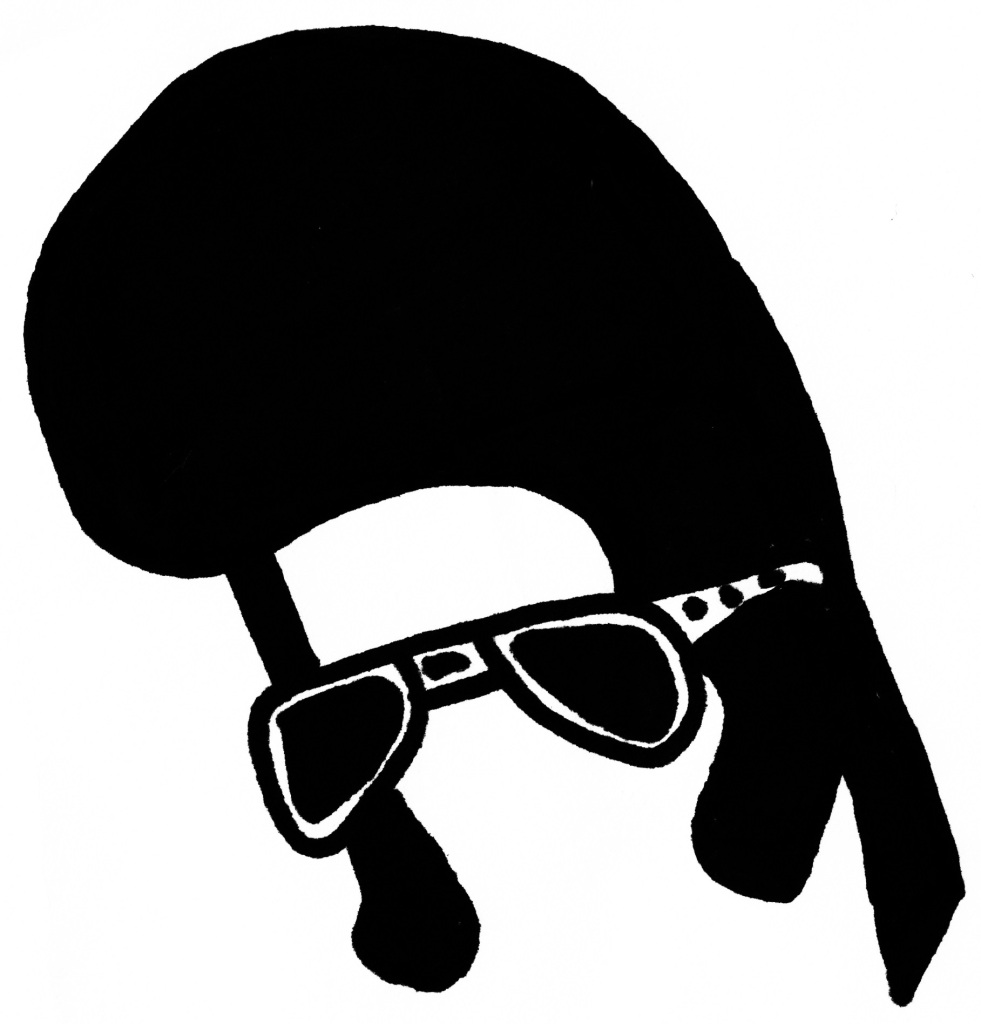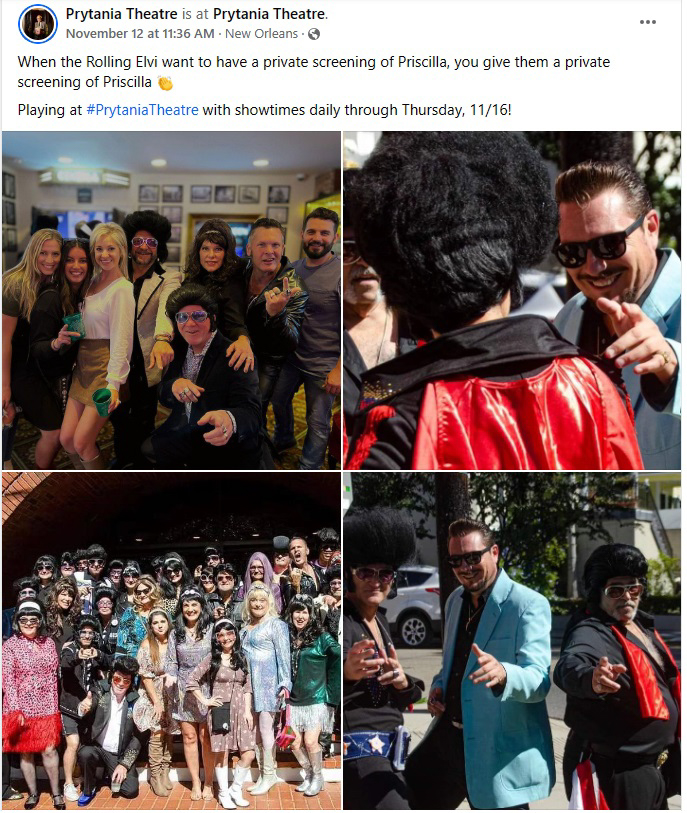Allow me to introduce you to a 1990s romcom starring Sarah Jessica Parker as a lovelorn Manhattanite whose romantic rut dating commitment-phobic bachelors is disrupted by the attentions of a brash Big Spender. Instead of talking it out over brunch with the gals, she’s rescued by a skydiving Nicolas Cage in an Elvis costume. Okay, in all honesty, Honeymoon in Vegas has very little in common with Sex and the City outside of Parker’s casting. If anything, the film is more weirdly predictive of the Adrian Lyne erotic thriller Indecent Proposal than it is of Parker’s signature HBO sitcom. For one thing, its story is filtered through the perspective of her reluctant fiancée, a marriage-cynical private eye played by Nic Cage. While Sex and the City is narrated by Parker’s voice as a cosmopolitan sex columnist, Honeymoon in Vegas allows Cage to narrate the story in 1940s noir speak, the film’s only notable stylistic touch (before it floods the screen with Elvis impersonators in the third act). The closest Parker’s allowed to get to a full Carrie Bradshaw moment is in her casino-lobby outrage with Cage for getting them into an Indecent Proposal scenario in the first place, shouting within earshot of children & milquetoast Midwest tourists, “I’m a whore, Jack! You’ve made me into a whore. You brought me to Las Vegas, and you turned me into a whore!” It’s impossible to watch this incredulous meltdown without recalling Bradshaw’s outburst at an Atlantic City craps table in the classic Sex and the City episode “Luck Be an Old Lady.” That is, it’s impossible if you happened to have spent all of this year catching up with and thinking about Sex and the City for the first time in your life, which is exactly where I’m at right now.
I’m only focusing on Sarah Jessica Parker so much here because it’s rare to see her out of Carrie Bradshaw drag, whereas opportunities to see a frantic Nic Cage impersonate Elvis are much more plentiful. See also: David Lynch’s Wild at Heart, SNL’s “Tiny Elvis” sketch, and Cage’s real-life marriage to The King’s daughter, Lisa Marie. I guess it’s pretty rare to see him dressed up in the full Elvis costume, though, unless you’ve happened to be personally invited to tour his home full of Elvis memorabilia. In order to justify this indulgence, Cage had to team up with workman comedy director Andrew Bergman, who cast him in two back-to-back mediocre romcoms as a hapless leading man: Honeymoon in Vegas & It Could Happen to You. He’s less of a Nice Guy dreamboat here as he is in that latter film, spending most of his honeymoon tailing James Caan’s high-roller conman villain as he seduces Parker away from him. Cage starts the film terrified of marriage because of a deathbed promise he made to his mother, but he loves Parker’s sweetheart schoolteacher character so much that he’s willing to go back on his word. Only, he doesn’t act quickly enough, so Caan swindles him into a rigged card game, bullying him to put a weekend with his fiancée on the table as a substitution for poker chips. Parker’s outrage with being “turned into a whore” isn’t played for the same moral or seductive complexity as Demi Moore’s own monogamy crisis in Indecent Proposal, even as she flirts with the idea of letting Caan sweep her off her feet (via helicopter). Mostly, it’s just an excuse for sweaty, farcical Mad, Mad, Mad, Mad World shenanigans as Caan elbows Cage out of the picture . . . until he skydives back into it dressed as Elvis.
There isn’t much on Honeymoon in Vegas‘s mind besides setting the stage for its ludicrous skydiving-stunt finale, which is emphasized in a marketing tagline that sells it as “A comedy about one bride, two grooms, and 34 flying Elvises.” The Elvis costumed skydiving team The Flying Elvi has since become a legitimate Vegas attraction, boasting on their website to be “the only officially licensed skydive team by Elvis Presley Enterprises.” The creation of that novelty act might be the movie’s only lasting triumph, but it’s at least more a more appropriate movie tie-in than, say, the Mardi Gras scooter gang The Krewe of the Rolling Elvi hosting a private screening of Sofia Coppola’s dour drama Priscilla (a real thing that recently happened at The Prytania; I cannot imagine the mood that took over that room by the end credits). Otherwise, there’s nothing especially recommendable about Honeymoon in Vegas except for its opportunities to think about where it fits in its various players’ long-term careers. James Caan coasts along as the comedic heavy. Pat Morita & Peter Boyle give career-worst performances as a disaffected cab driver and a Hawaiian mystic, seemingly having gotten their scripts swapped in the mail. Seymour Cassel is given the funniest character detail as a mobster named Tony Cataracts. A young Tony Shalhoub is adorable as a nervous concierge who’s terrified of Caan. An even younger Bruno Mars is even more adorable as the world’s tiniest Elvis impersonator. Nic Cage gets in a few signature bizarro line-readings in his sing-songy angry voice, getting increasingly funnier as his character gets increasingly apoplectic. And then there’s Sarah Jessica Parker, who gets one big scene where she gets to shout about being made into a hooker before being passed around like a trophy between the two male leads. Luckily, she got a lot more to do down the line in the Sex and the City series, unless you want to take a really cynical view of Carrie’s long-term love triangle with Aidan & Big.
-Brandon Ledet



